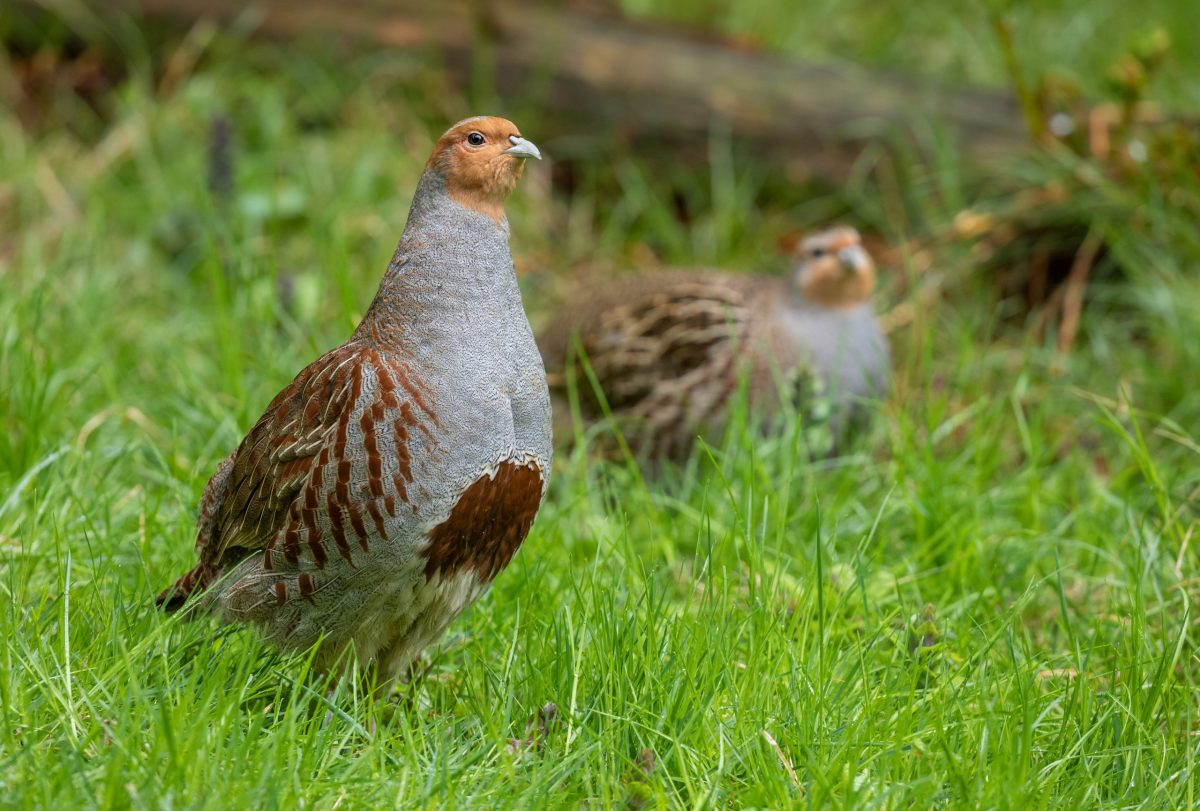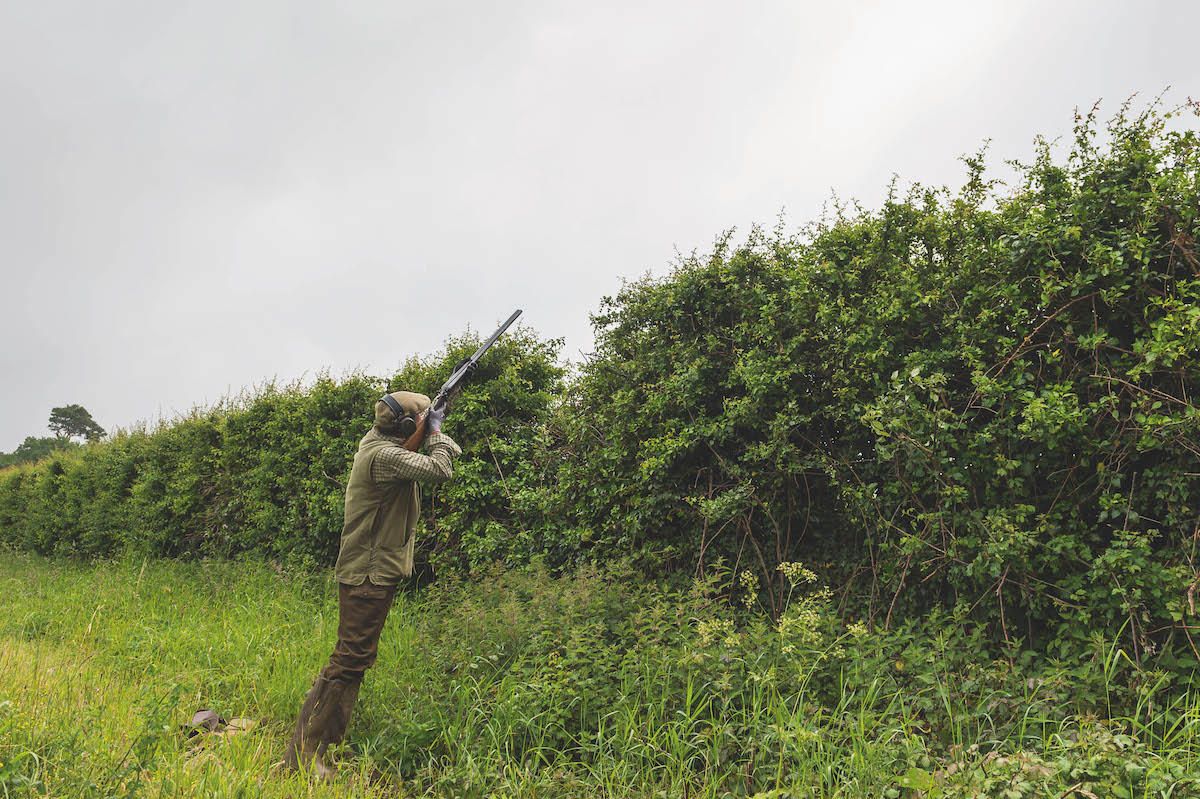What does the rising cost of feed mean for estate conservation budgets?
Warmer weather makes for joyful days full of wildlife — but the rising cost of feed is putting estate conservation budgets under real pressure

Feeding programmes are essential for the survival of species such as the grey partridge
Deli-deli-deli-tak ye” goes the song of the male yellowhammer, albeit with a Scottish twang. Well, we are a border county here in Northumberland after all.
The yellowhammer perched high on a roadside hawthorn hedge broke from his commanding position as my Polaris Ranger neared. This caused a chain reaction as far as I could see up the roadside, with yellowhammer after yellowhammer taking on territorial behaviour — what a wonderful sight. It’s hard to imagine the time at the beginning of our project when little or no wildlife was the norm on this part of the estate.
My daily rounds are pure joy at the moment. The daily drudgery of performing vital tasks in bitter cold and wet seems a distant memory, and is replaced with brighter days and — at least around noon — some well-received warmth. Breeding cycles are now well under way and my journey is full of all manner of farmland wildlife busying itself in this fairly short window of opportunity.
Hares are plentiful at the moment, with courtship and boxing behaviour seen in every field, despite the already well-grown youngsters that cannot hide themselves any more. The early ones must have been born in cold and far-from-ideal conditions. This is when ideal habitat becomes a vital part of survival; for the first time in years we have overwintered stubble fields spread over a meaningful area of the estate.
These fields remained unsprayed in the winter period and were well dispersed, with a range of natural cover. The umbrella of cover hides vulnerable leverets from avian predation. Escape routes from mammalian predators are difficult in bare and seemingly sterile winter crops, where I have witnessed foxes hunting with remarkable efficiency.
Wild bird keepers are entering the busiest and most demanding period of the year; predator control is at its height, with an urgency that’s tangible at the moment. The first pictures are now being circulated on social media of damaged and destroyed nests of curlew, lapwings and a range of game species. Some predation is to be expected – very often, early nests lost will be relaid and second broods can be successful. Naturally induced staggered breeding can mean greater success, especially when non-idyllic weather conditions prevail. However, when predation hampers breeding success for a season, some species may well enter a perilous time.
I do recall first-hand some work into the breeding success of the curlew, conducted by the RSPB. Heavily keepered ground — in the words of the RSPB field workers, “obscene predator control” — still suffered 40% losses, almost exclusively to predation. The key was that, unlike the other study areas around the country that suffered 100% losses, we turned in a 60% success rate over three years. I’ve never doubted predator-control work — it’s vital.
Incorporated into my weekly activities at the moment is the constant feeding programme that’s been in full swing post-harvest last year. Food for a range
of species is essential and as we enter — certainly for me — a period of the highest prices of wheat witnessed, the already-stretched estate conservation budget
is being tested. It’s hard for me to ignore hedgerow hoppers that are being visited by a pair of grey partridges tapping at empty springs; they need it more now than at any time. We’ll do everything we can.








